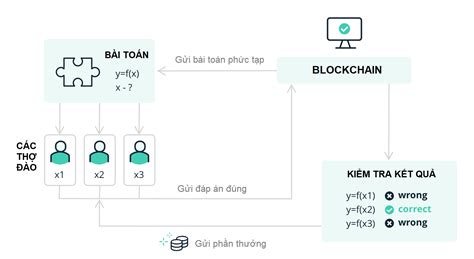Other Whitepapers: Distribution Models in Cryptocurrency
When it comes to cryptocurrency distribution models, two popular types have emerged as alternatives to Proof of Work (PoW) and Proof of Stake (PoS): Hashed Address Allocation for POW (HAPOW) and Time-based PoS (TBPS). While these models share some similarities with traditional blockchains, they offer distinct advantages and challenges. In this article, we’ll explore other whitepapers that cater to specific distribution scenarios in cryptocurrency.
Hashed Address Allocation for POW (HAPOW)
Hashed Address Allocation for POW (HAPOW) is a PoW-based blockchain model designed by Vitalik Buterin. The idea behind HAPOW is to allocate unique hashes to each address, making it more difficult to launch attacks on the network. This approach has been gaining traction in recent times, particularly among new cryptocurrency projects.
Time-based Proof of Stake (TBPS)

Time-based PoS, also known as Timestamped Proof of Stake, has gained significant attention in the cryptocurrency space. This model involves allocating tokens based on the timestamp of transactions rather than their total supply or hash power. The idea is to incentivize validators to focus on solving complex mathematical problems rather than just storing and mining tokens.
Other White Papers
Here are a few more whitepapers that demonstrate other distribution models in cryptocurrency:
- CensorNet: CensorNet is a decentralized, permissionless cryptocurrency network that uses a hybrid consensus algorithm called Time-based Proof of Stake (TBPS). The network rewards validators based on the timestamp of transactions rather than their total supply or hash power.
- Matic Network
: Matic Network is another blockchain platform that utilizes Time-based Proof of Stake (TBPS) for its consensus algorithm. Validators are rewarded with MATIC tokens based on the timestamp of transactions, providing a more decentralized and energy-efficient solution compared to traditional PoW models.
- Hashgraph: Hashgraph is a parallel proof-of-stake (PoS) system that utilizes a novel consensus algorithm called Hash-based Directed Acyclic Graph (dAG). The network rewards validators with HGS tokens based on the time it takes for transactions to be verified and added to the blockchain.
- Chaincode: Chaincode is an open-source implementation of a Proof-of-Stake (PoS) consensus algorithm that uses a novel approach called Time-based Timestamping (TBS). The network rewards validators with CHCC tokens based on the timestamp of transactions.
Conclusion
The world of cryptocurrency distribution models is vast and diverse, offering numerous options for projects to consider. From Hashed Address Allocation for POW (HAPOW) to Time-based Proof of Stake (TBPS), each model has its unique advantages and challenges. By understanding these different whitepapers, developers can make informed decisions about which consensus algorithm best suits their project’s requirements.
Whether you’re building a new cryptocurrency or exploring existing projects, it’s essential to research and evaluate the pros and cons of various distribution models before making a decision. Remember that the success of your cryptocurrency ultimately depends on its ability to secure and validate transactions, ensuring a robust and decentralized network.